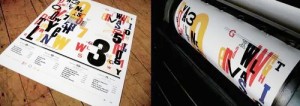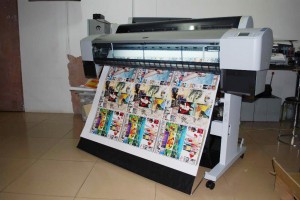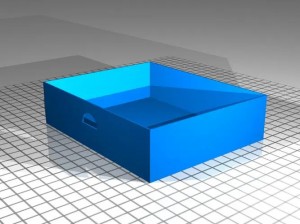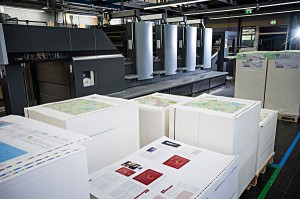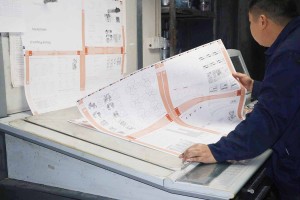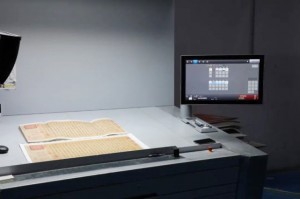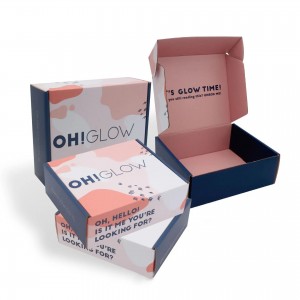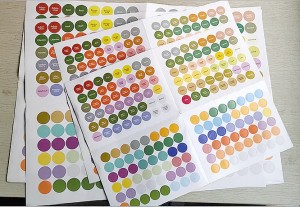In today's fast-paced digital age, technology continues to evolve at breakneck speed, and the world of print has undergone major transformations. The advent of digital printing has revolutionized the industry, offering many advantages such as cost savings, faster turnaround times and improved print quality. With these advancements, new terminology has emerged, causing confusion among marketers, designers, and even seasoned professionals. One of the most common questions is whether a digital proof is the same as a press proof. In this article, we demystify the subject and explore the key differences and similarities between these two key stages of print production.
To grasp the concepts of digital proofs and printed proofs, one must first understand their respective definitions and purposes. As the name implies, a digital proof is a visual representation of a final print produced using digital technology. It acts as a preview, allowing designers and clients to evaluate the overall look and layout of a design before going into production. Digital proofs are often shared electronically via email or cloud-based platforms, making them accessible to stakeholders no matter where they are.
On the other hand, a press proof, also known as a color proof or print check, is a physical printed sample that closely matches the final print. It is produced using the same production process, materials and specifications as the entire printing run. Print proofing provides the opportunity to directly evaluate the color, texture and overall quality of a print before going through a full production run. Print proofs are usually personally checked and approved by the client or designer at the printing house.
The main difference between digital proofs and printed proofs is how they are produced and their intended purpose. Digital proofs are more commonly used in the initial stages of design, allowing for efficient revisions and quick turnaround. They provide a cost-effective solution to evaluate and refine design elements, including layout, typography, color schemes, and overall aesthetics. Digital proofs also allow for easy distribution and collaboration among team members, making them an integral part of the design process.
In contrast, press proofs are produced using the actual printing equipment and techniques used in the final production run. They serve as a physical representation of what the print will look like, providing a reliable way to verify color accuracy, clarity and any potential misprints. Press proofs are especially important for projects with specific color requirements, where Pantone color cards are used to ensure exact color matching. The ability to physically evaluate the print allows adjustments or corrections to be made directly on press, ensuring the desired result is achieved.
While digital proofs and printed proofs serve different purposes, they are both important stages in the print production process. Digital proofing provides a cost-effective way to review and refine designs, allowing multiple iterations without incurring significant costs. They provide quick turnaround and are especially useful in time-sensitive situations, such as during fast-paced marketing campaigns or product launches.
Print proofs, on the other hand, help to ensure that the final print meets the required specifications. They provide real, hands-on experience, enabling designers and clients to make informed decisions about color accuracy, print quality, and overall appearance. Press proofs give confidence in the final product, as any adjustments or improvements can be made directly on the printing press, eliminating the risk of costly reprints or unsatisfactory results.
It is also worth noting that press proofs are of great value when dealing with special printing requirements such as metallic finishes, embossing or special coatings. Accurately replicating these intricate details in digital proofs can be challenging, making print proofs an integral step in the production process for such projects. These additional considerations further emphasize the importance of print proofs in delivering high-quality printed materials that meet the highest standards.
In conclusion, although digital proofing and press proofing are different stages in the print production process, they play complementary roles in ensuring that the final print meets the required specifications. Digital proofing provides a convenient and cost-effective way to review and refine designs, providing flexibility and efficient collaboration. A printing proof, on the other hand, serves as a physical representation of the final product, allowing accurate color evaluation and adjustments to be made on the printing press. These two stages are critical to delivering high-quality printed materials that meet customer expectations and marketing goals.
In conclusion, knowing the difference between digital and press proofs is imperative, whether you are looking for structural samples, reduced samples, pre-production samples, digital press proofs or Pantone color cards. Digital proofs provide convenience, efficiency and cost savings during the initial stages of design, while printed proofs provide tangible assurance of the final printed work. By leveraging the benefits of digital and print proofing, marketers and designers can confidently produce print materials that appeal to their target audience while achieving marketing success.
Post time: Jun-30-2023

